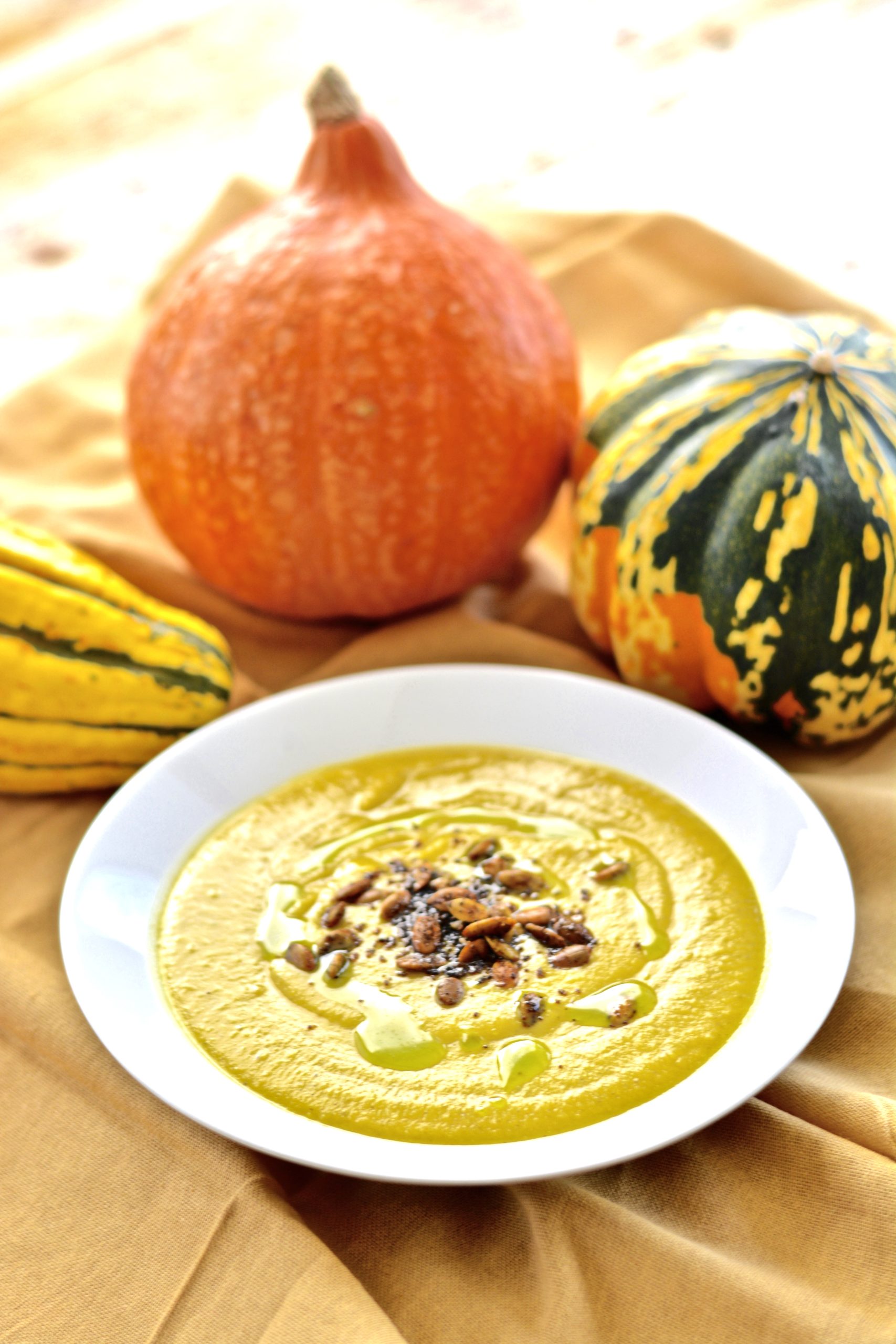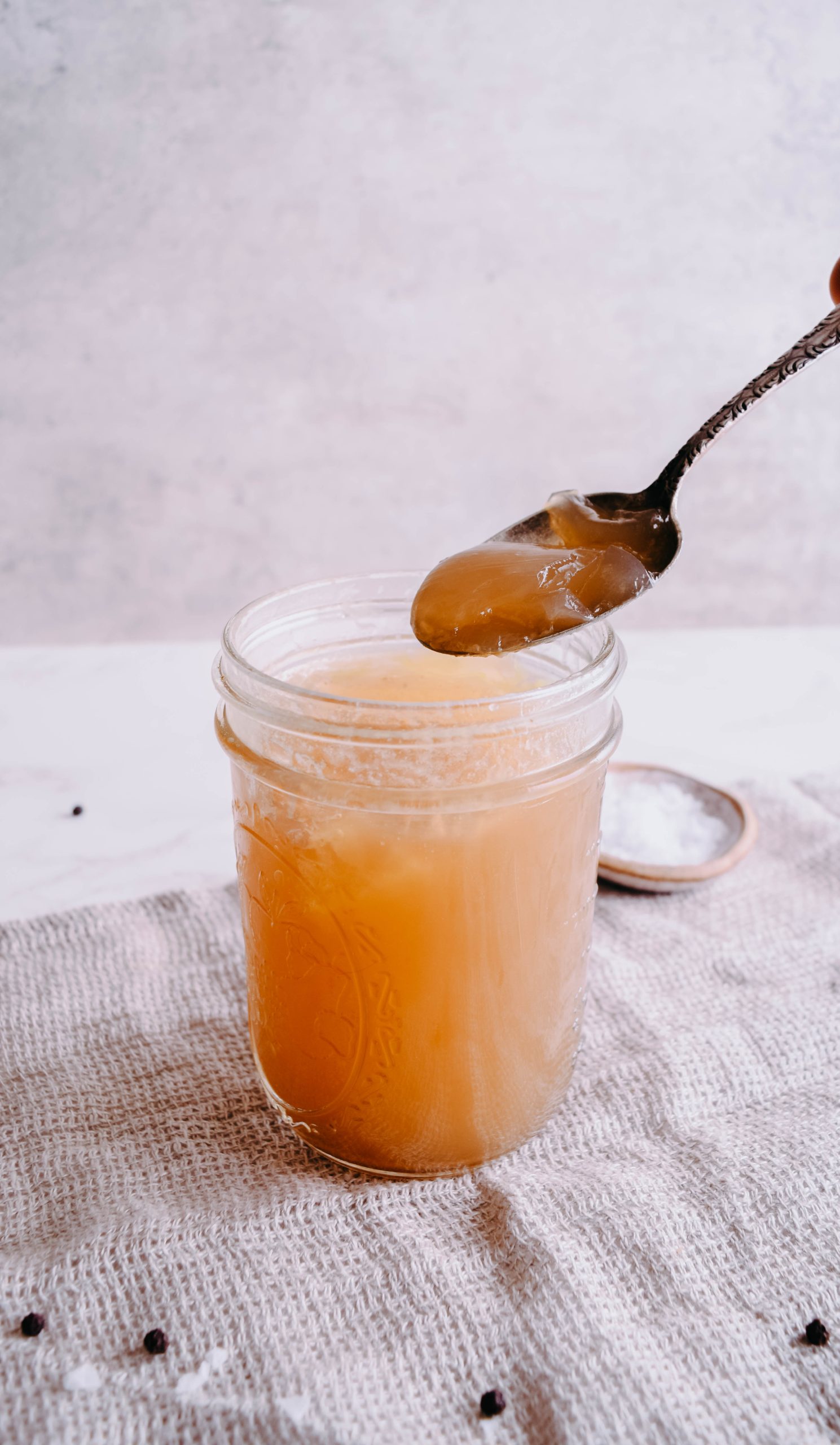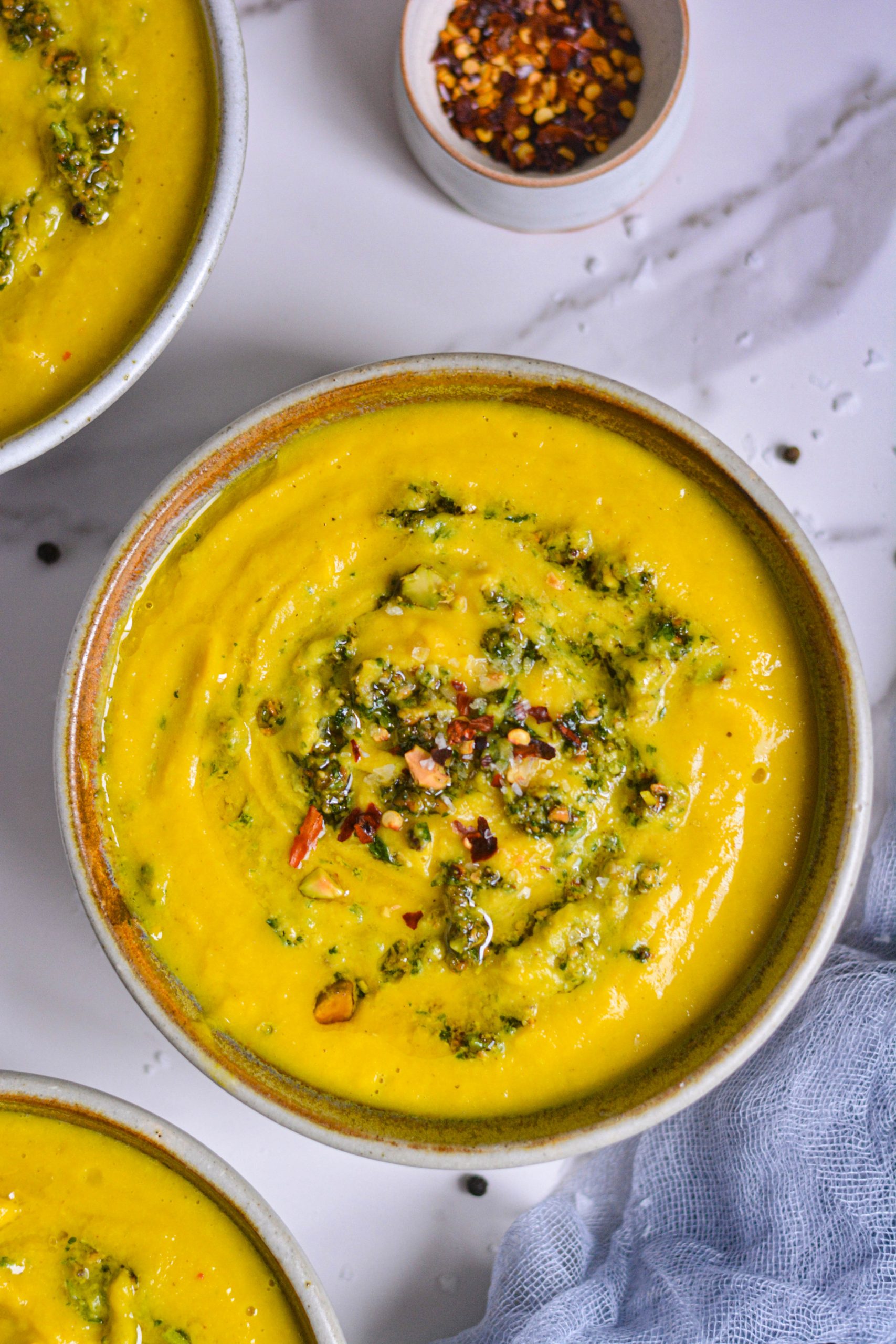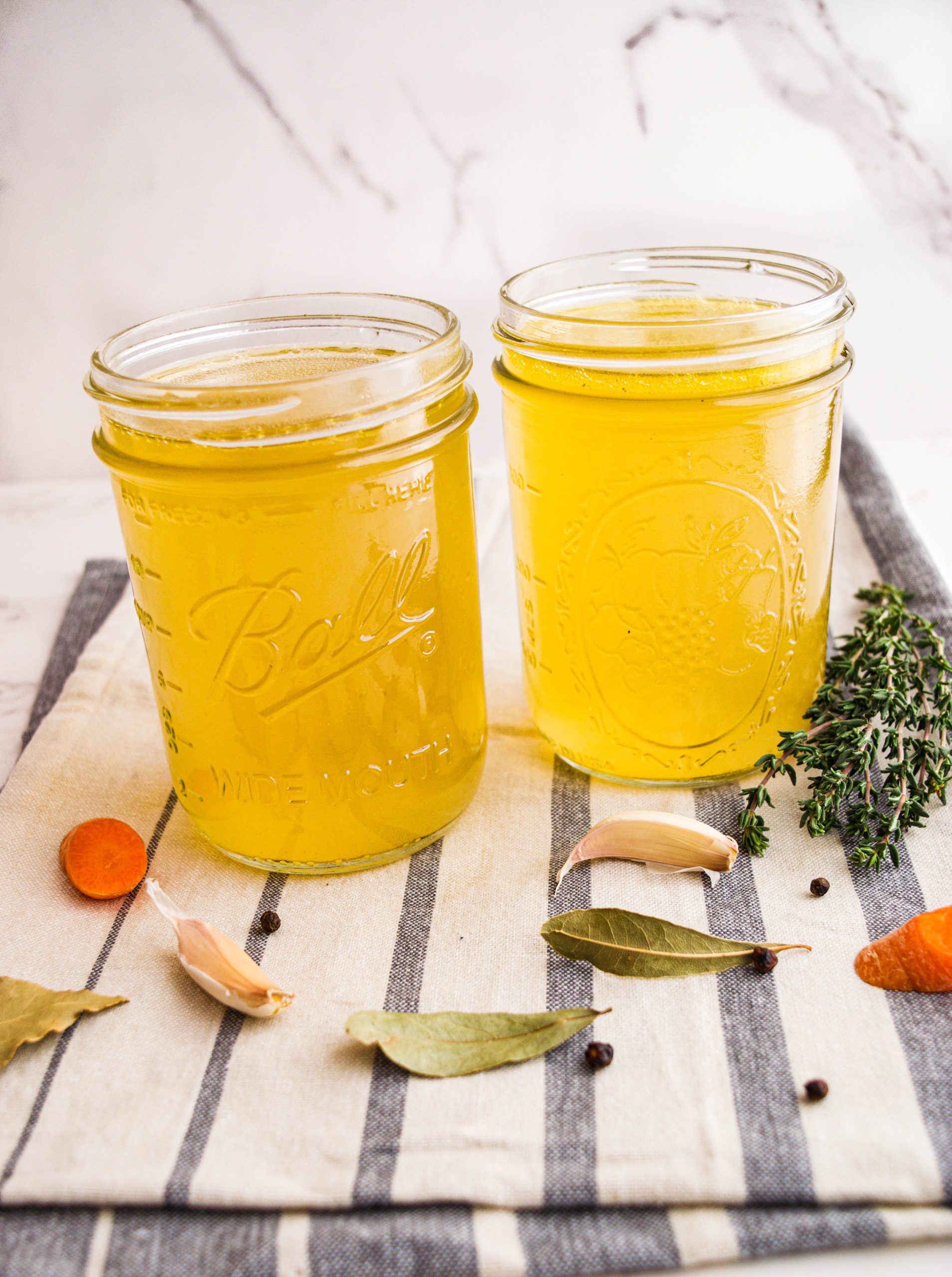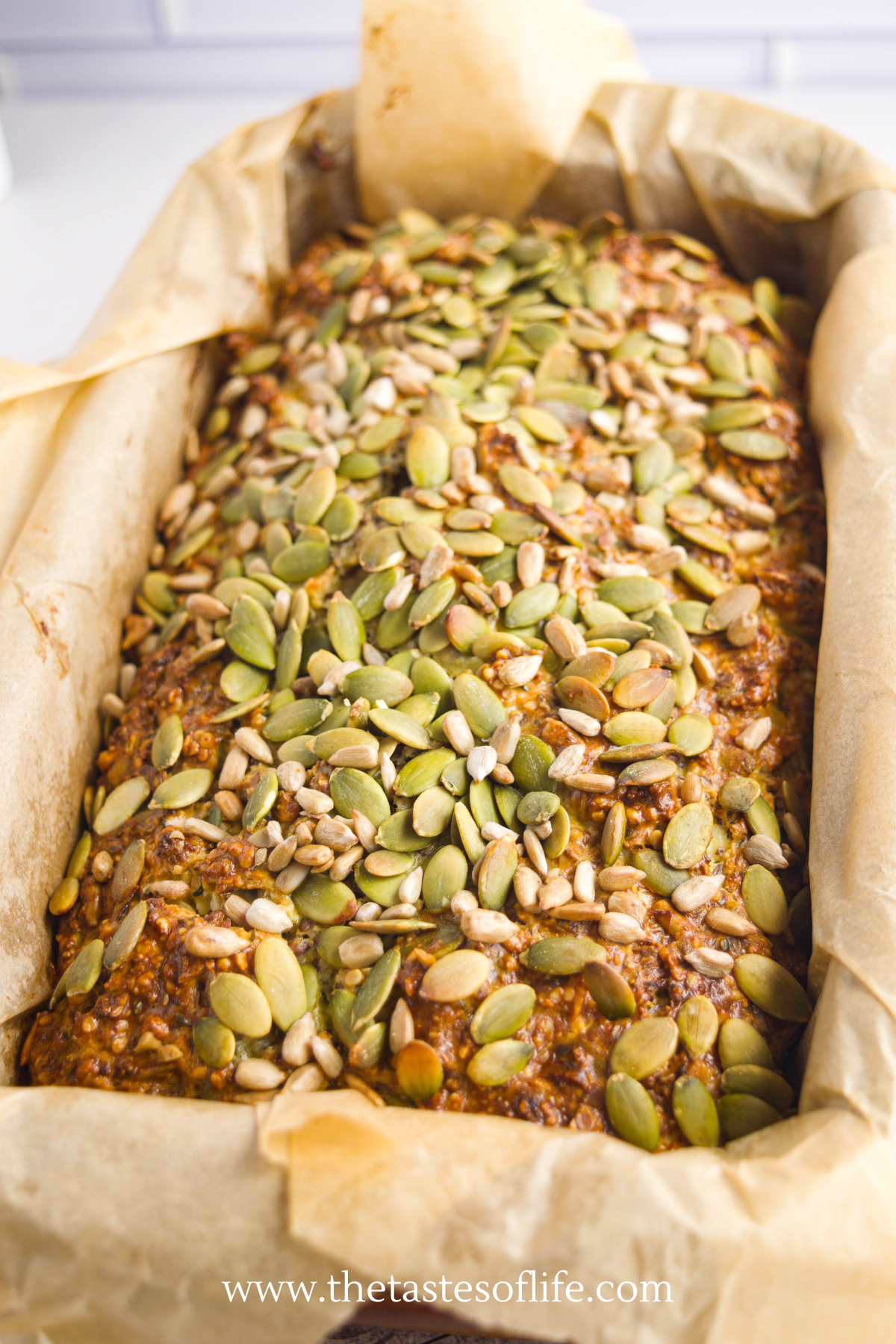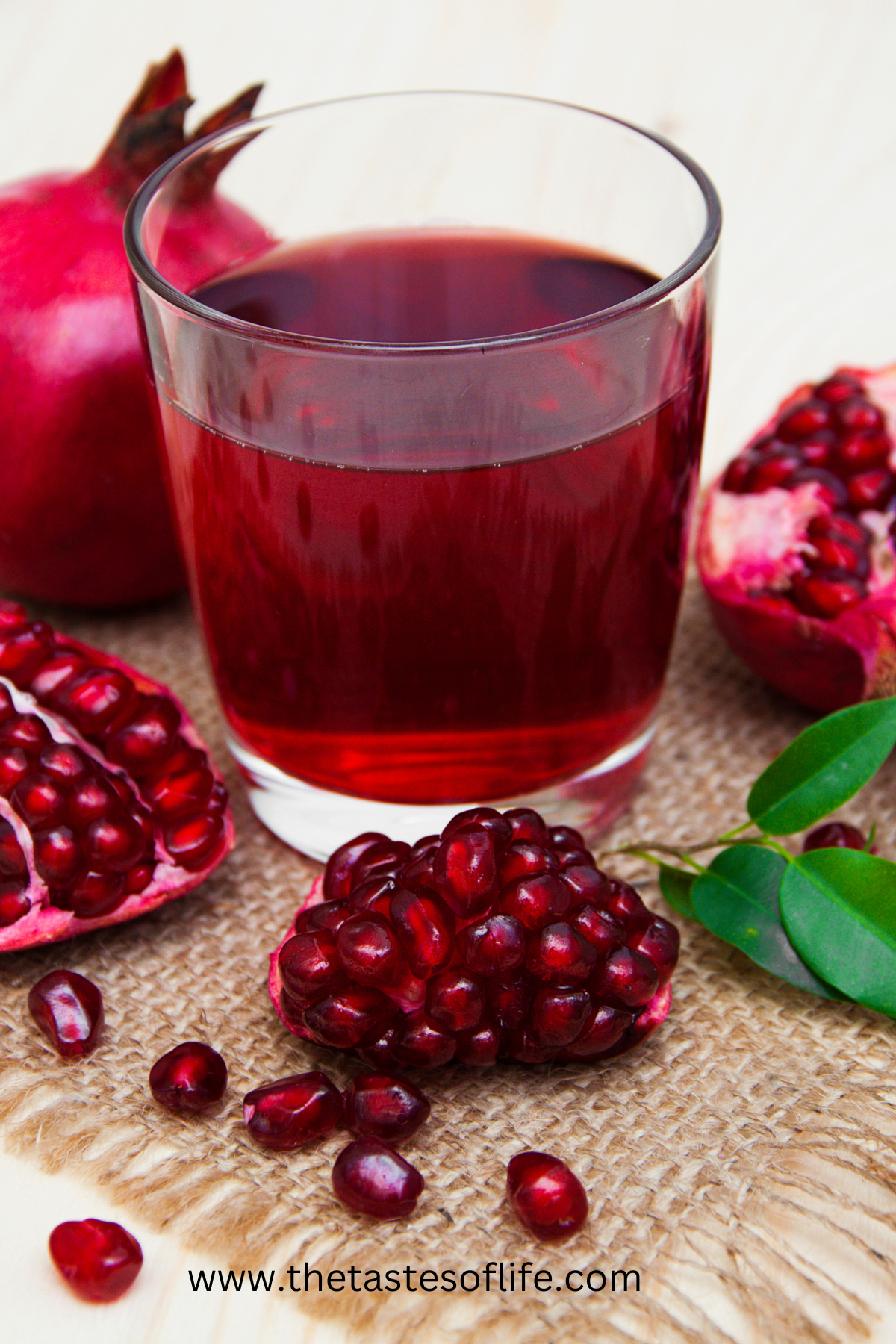How To Make Pine Tips/ Needles Infused Oil
Learn how to make pine tips or pine-infused oil, and you can harvest the safe and delicious varieties of pine tips for culinary use. Discover which pine trees produce edible shoots and how to identify them for a flavorful infusion into your oil.
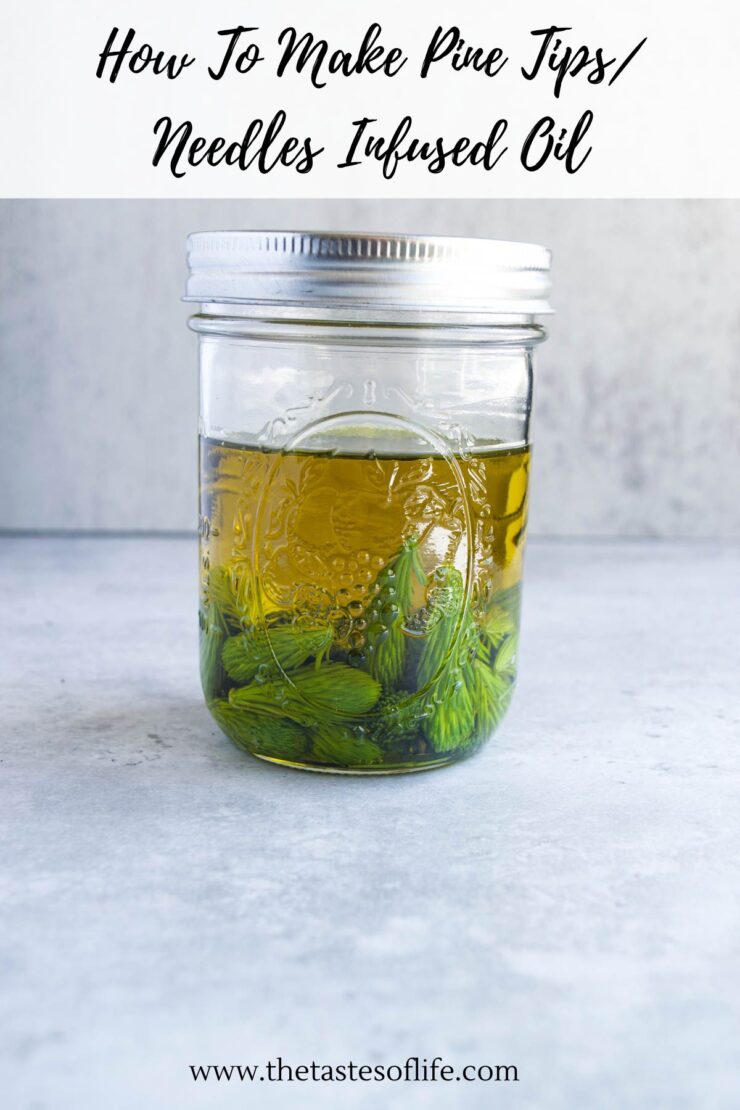
Infuse Your Cooking with Pine-tastic Flavor: DIY Pine Tips Infused Olive Oil!
Today, I’ve got something aromatic and utterly delicious brewing in my kitchen, and I couldn’t wait to spill the beans – or should I say, pine tips? Yep, you guessed it right, we’re diving headfirst into the world of homemade pine tips-infused oil!
Now, before you start wondering if I’ve gone all Bear Grylls on you, this isn’t about chomping down on pine needles Survivor-style. Instead, we’re channeling the fragrant essence of pine trees into a gourmet culinary treat – olive oil infused with the subtle, woodsy notes of pine tips.
Why To Make Pine Tip Infused Oil
Making pine tip or pine needles -infused oil isn’t just about adding another concoction to your kitchen cabinet – it’s about opening a whole new dimension of flavor and aroma in your cooking. Here’s why you should give it a try:
- Unique Flavor Profile: Pine tips impart a subtle, earthy, and slightly resinous flavor to olive oil, creating a distinctive taste that’s unlike anything you’ll find on supermarket shelves.
- Aromatic Joy: The fragrance of pine-infused oil can transport you to a tranquil forest setting, adding an extra sensory dimension to your culinary creations.
- Versatility: This infused oil can be used in a variety of dishes, from salads and marinades to roasted vegetables and grilled meats, adding depth and complexity to your recipes.
- Homemade Goodness: There’s something incredibly satisfying about crafting your own gourmet ingredients from scratch. Plus, homemade infused oils make fantastic gifts for friends and family who appreciate a touch of culinary adventure.
- Health Benefits: Olive oil is already known for its heart-healthy properties, and adding pine tips may introduce additional antioxidants and phytonutrients, potentially boosting the health benefits of your dishes.

When to Harvest:
- Springtime: The best time to harvest pine tips is when new growth appears on pine trees in the spring. Look for young, tender shoots at the ends of branches, typically in April or May, depending on your location.
- Early Growth: Choose pine tips that are still soft and pliable, with a bright green color. Avoid older growth that may be tougher and less flavorful.
- Healthy Trees: Harvest from healthy pine trees free from signs of disease or infestation. Choose trees in clean, unpolluted areas away from roadsides or industrial sites.
From Which Pine Tree To Harvest From
When it comes to harvesting pine tips or needles for culinary purposes, it’s crucial to ensure that you’re selecting safe and edible varieties. Here are some common types of pine trees whose young shoots, or pine tips, are considered safe for consumption:
- Eastern White Pine (Pinus strobus): This native North American pine tree produces tender, edible shoots in the spring. The pine tips are often sought after for their delicate flavor and are commonly used in culinary applications.
- Ponderosa Pine (Pinus ponderosa): Found in western North America, the Ponderosa pine also produces edible pine tips that can be harvested in the spring. They have a slightly resinous flavor and are used in various dishes.
- Scots Pine (Pinus sylvestris): Native to Europe and Asia, the Scots pine is another species whose young shoots are safe for consumption. The pine tips can be harvested in the spring and used in cooking.
- Norway Spruce (Picea abies): While not a pine tree, Norway spruce is often included in discussions about edible evergreen tips. The tender new growth of Norway spruce is edible and can be used similarly to pine tips.
It’s essential to positively identify the tree species before harvesting any pine tips for consumption. Some pine species produce toxic or bitter-tasting shoots unsuitable for eating. Additionally, always harvest pine tips from healthy trees, which are free from pesticides or other contaminants and located in areas free from pollution.
Before incorporating pine tips into your culinary creations, it’s a good idea to start with a small amount to ensure you don’t have any adverse reactions, especially if you have allergies or sensitivities to pine or other coniferous trees. As with any foraged food, responsible harvesting practices and proper identification are key to a safe and enjoyable culinary experience.

How Does it Taste?
The flavor of pine tips can be described as fresh, citrusy, and mildly resinous, with subtle herbal notes. It’s reminiscent of the forest, evoking images of pine-scented breezes and sun-dappled woods. When infused into olive oil, pine tips add a delicate yet distinctive taste that elevates dishes with a unique aromatic quality. The flavor profile can vary slightly depending on the pine tree species and the specific terroir in which it grows, but overall, pine tips impart a refreshing and earthy essence to your dishesh.
How to Infuse Pine Tips or Pine Needles Into Oil
Infusing oils with herbs is my favorite because they add so much flavor to the dish. You can transform your dish into something delicious and exciting.
So, how does one turn a humble bottle of olive oil into a potion of forest magic? Fear not, my culinary comrades, for I shall guide you through this aromatic adventure step by step. Follow the same steps for using pine needles.
First things first, let’s gather our ingredients. You’ll need:
- Fresh pine tips: These are the young, tender shoots at the end of pine branches, packed with flavor and fragrance.
- Good quality extra virgin olive oil: Opt for a mild-flavored variety to let the piney goodness shine through.
- A clean glass jar with a tight-fitting lid: We’re talking about a vessel worthy of containing our liquid gold.

Got everything? Great! Now, onto the fun part – the infusion process.
Step 1: Harvest your pine tips. Take a leisurely stroll through your local pine forest (or your backyard, if you’re lucky enough to have pine trees like I do) and gather a generous handful of fresh, aromatic pine tips. Remember to thank Mother Nature for her bounty!
Step 2: Wash and dry your pine tips thoroughly. We want to get rid of dirt or unwanted hitchhikers before they dip in our olive oil. Make sure that they are completely dry! You can even leave them overnight on a paper towel to dry. Drying prevents mold from forming.
Step 3: Prepare your jar. Give it a good wash with hot, soapy water, and ensure it’s scorched before filling it up with our ingredients.
Step 4: Fill the jar with pine tips. Pack them snugly but not too tightly—we want the oil to circulate freely around them.
Step 5: Pour in the olive oil until completely submerges the pine tips. Make sure every nook and cranny is filled with that liquid gold.
Step 6: Seal the jar tightly and give it a good shake. This will help distribute the piney goodness evenly throughout the oil.
Step 7: Infuse the jar in a cool, dark place. Patience is key here – let the flavors mingle and develop their magic over the next few weeks.
Step 8: After about 2-4 weeks, strain the oil through a fine-mesh sieve or cheesecloth to remove the pine tips. You’ll be left with a beautifully fragrant, golden-hued olive oil that’s ready to elevate your culinary creations to new heights!
And there you have it, folks – your very own batch of pine tips infused olive oil, straight from the heart of the forest to your kitchen. Drizzle it over salads, use it as a marinade for grilled meats, or simply dip some crusty bread into it for a taste of woodland paradise.

How To Use It Pine Tips or Pine-Infused Oil
Here are some delicious ways to incorporate this aromatic elixir into your cooking:
- Salad Dressings: Drizzle pine-infused olive oil over fresh greens for a salad bursting with flavor. Combine it with balsamic vinegar, lemon juice, and honey for a simple yet sensational dressing.
- Marinades: Use the infused oil as a base for marinades to impart a subtle piney flavor to meats, poultry, or fish. Add garlic, herbs, and spices for extra depth of flavor before letting your proteins soak up the goodness.
- Grilled Vegetables: Brush your favorite vegetables with pine tips infused olive oil before grilling for a tantalizingly smoky and aromatic twist. From bell peppers to zucchini, everything tastes better with a hint of pine!
- Dipping Oil: Serve crusty bread alongside a small dish of your infused oil for dipping. It’s a simple yet luxurious appetizer that’s perfect for entertaining or enjoying a cozy night in.
- Pasta and Rice Dishes: Finish off your pasta or rice dishes with a drizzle of pine-infused oil just before serving. It adds a touch of elegance and elevates the overall flavor profile of the dish.
- Roasted Potatoes: Toss chopped potatoes in pine-infused olive oil, sprinkle with salt, pepper, and your favorite herbs, then roast until golden and crispy. The result? Irresistibly aromatic and flavorful potatoes that will have everyone coming back for seconds.
- Infused Mayonnaise: Mix a spoonful of pine-infused olive oil into mayonnaise for a gourmet twist on your favorite sandwiches, wraps, or dipping sauces.
So, the next time you find yourself craving a culinary adventure, why not take a leaf out of Mother Nature’s cookbook and whip up a batch of this aromatic elixir? Your taste buds will thank you, and who knows, you might just find yourself dreaming of pine-scented forests with every delicious bite!
More Condiment Recipes
Fermented Lemons: How to Preserve Lemons with Salt
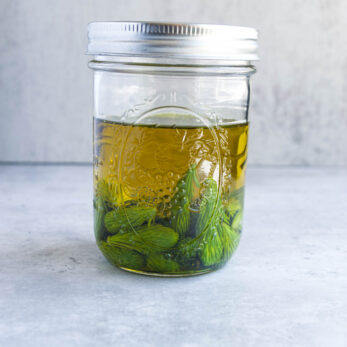
Pine Tips Infused Oil
Ingredients
- 1 cup Fresh pine tips
- 1 1/2 cup Olive oil
Instructions
- Step 1: Harvest your pine tips. Take a leisurely stroll through your local pine forest (or your backyard, if you’re lucky enough to have pine trees like I do) and gather a generous handful of fresh, aromatic pine tips. Remember to thank Mother Nature for her bounty!Step 2: Wash and dry your pine tips thoroughly. We want to get rid of dirt or unwanted hitchhikers before they dip in our olive oil. Make sure that they are completely dry! You can even leave them overnight on a paper towel to dry. Drying prevents mold from forming.Step 3: Prepare your jar. Give it a good wash with hot, soapy water, and ensure it’s scorched before filling it up with our ingredients.Step 4: Fill the jar with pine tips. Pack them snugly but not too tightly—we want the oil to circulate freely around them.Step 5: Pour in the olive oil until completely submerges the pine tips. Make sure every nook and cranny is filled with that liquid gold.Step 6: Seal the jar tightly and give it a good shake. This will help distribute the piney goodness evenly throughout the oil.Step 7: Infuse the jar in a cool, dark place. Patience is key here – let the flavors mingle and develop their magic over the next few weeks.Step 8: After about 2-4 weeks, strain the oil through a fine-mesh sieve or cheesecloth to remove the pine tips. You’ll be left with a beautifully fragrant, golden-hued olive oil that’s ready to elevate your culinary creations to new heights!

